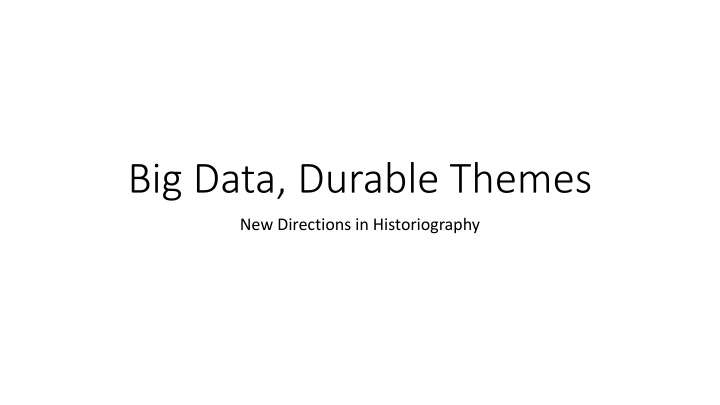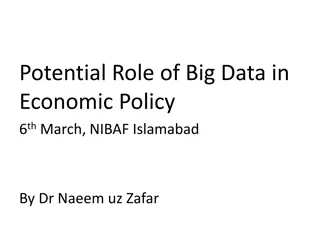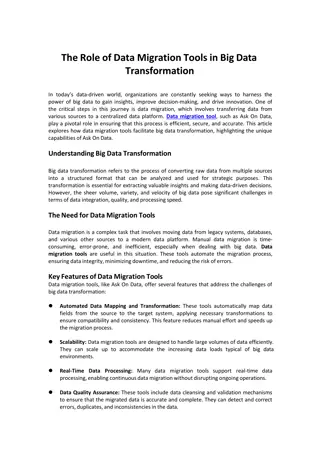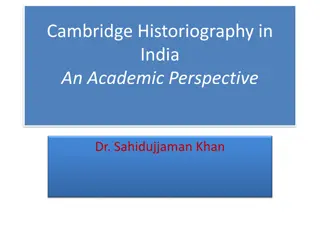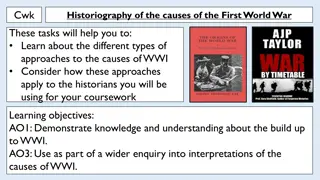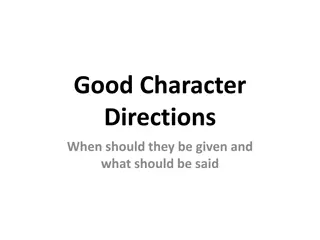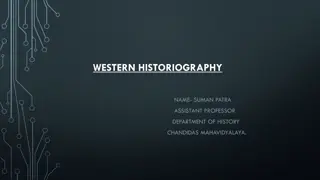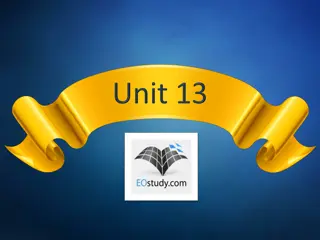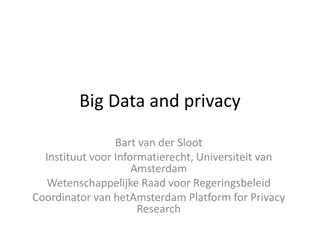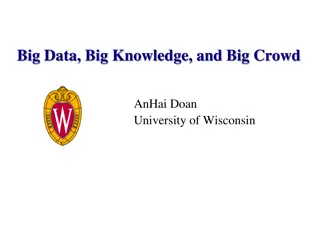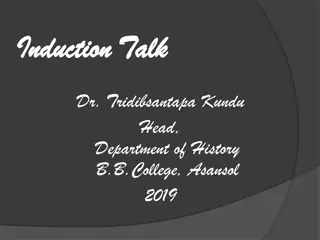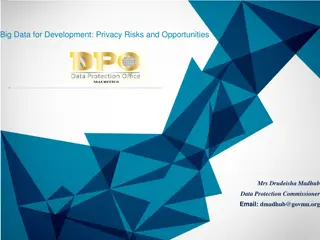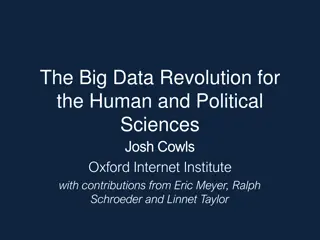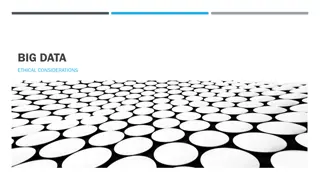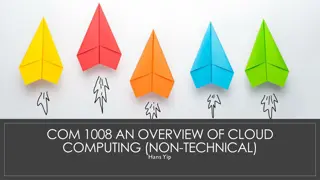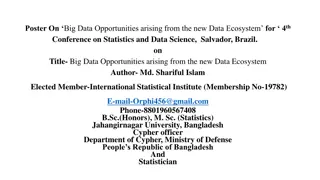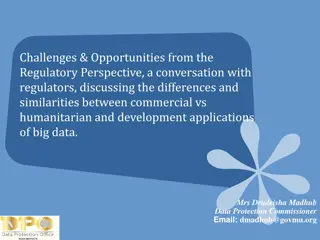Perspectives on Big Data and Historiography: A Deep Dive into New Directions
Explore the intersection of big data and historiography through insightful essays on the significance of big data, its historical prelude, current usage, and the evolving understanding of the self in history. Delve into discussions on the purpose, power, and implications of big data in shaping historical narratives and scholarly inquiries.
Download Presentation

Please find below an Image/Link to download the presentation.
The content on the website is provided AS IS for your information and personal use only. It may not be sold, licensed, or shared on other websites without obtaining consent from the author.If you encounter any issues during the download, it is possible that the publisher has removed the file from their server.
You are allowed to download the files provided on this website for personal or commercial use, subject to the condition that they are used lawfully. All files are the property of their respective owners.
The content on the website is provided AS IS for your information and personal use only. It may not be sold, licensed, or shared on other websites without obtaining consent from the author.
E N D
Presentation Transcript
Big Data, Durable Themes New Directions in Historiography
Whats so big about big data? - Volume? - Velocity? - Variety?
Whats so big about big data? - Volume - Velocity - Variety + - - - Big Ideas Big Questions Big Opportunities
A brief prehistory of big data August B ckh Inscription II 697 in the CIL: in the wall of a building in C ceres, Spain. Theodor Mommsen
Whats the big purpose? - Power and funds - Rationality - Scientific purposes - Democratisation
Lynn Hunts History of the Self Historians have long been allergic to psychological forms of explanation, so it seems unlikely that many will be eager to jump on the bandwagon of neuroscience or neurohistory. Despite many reasons for caution, an ongoing dialogue with neuroscience offers the prospect of new approaches to such perennially vexed issues as agency, experience, action, and identity. The Self and its History , Am Hist Rev (2014) 119(5)
Lynn Hunts History of the Self 1. History of the embodied self There is no necessary opposition between universalism and difference, biology and history, nature and culture 2. Attention to emotions Gesture, action, movement, and unconscious or tacit forms of knowledge 3. From the linguistic turn to the neuro-turn ? Neuroscience does not have all the answers, but like psychoanalysis before it, it can help us ask new questions or reframe our old ones.
A. Shryock & D. L. SmailsDeep History The goal of this book is to offer a set of tools patterns, frames, metaphors for the telling of deep histories. These include kinshipping, fractal replication, exchange, hospitality, networks, trees, extensions, scalar integration, and the spiralling patterns of feedback intrinsic to all coevolutionary processes. Deep History: The Architecture of Past and Present, Berkeley: University of California Press, 2011
A. Shryock & D. L. SmailsDeep History 1. History of the deep traces in time Criticism of academic short chronology; Imagining the human in deep time 2. Frames in deep history Importance of coevolution; interaction between culture and physiology; focus on language 3. Shared substance Role of food and kinships; new histories of the body, ecosystems, migrations, etc
Criticism Neurohistory is merely an epiphenomenal sign of our neuro-times, which are themselves epiphenomenal of our biological times in which humanness struggles against becoming merely a folk category in a neo-Darwinian world. Roger Couton, Neural Veils and the Will to Historical Critique Neo-Darwinism is an illusion fostered by the abandonment of any attachment to a humanistic vision . Kenan Malik, Man, Beast and Zombie Deep history lacks what human history provides: precise lists of places, actors, and their intents and eyewitness descriptions of contexts, connections, interactions, and consequence. Joe Amato, J Soc Hist (2014) 47 (4) When modernity is contrasted with deep prehistory, omitting the inceptions of urbanism and of literacy, it is Robinson Crusoe who fills the gap, and the robinsonades of anthropology that emerge . Colin Renfrew, Bridging the Millennia
